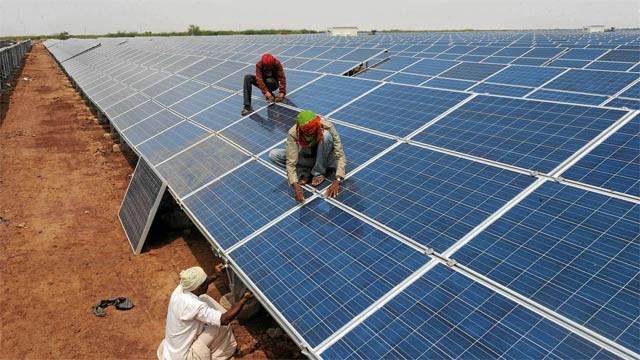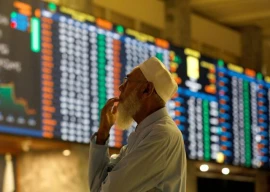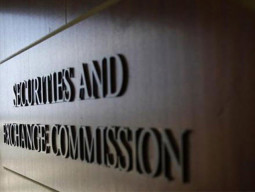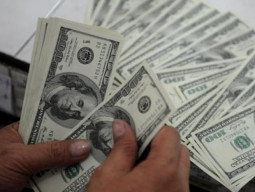
Projects have been announced, one after the other, with unbelievable prices like 3 cents per kilowatt-hour (kWh) for a project in the UAE and many other projects elsewhere announcing an average of 5 cents solar tariff.
With smart energy system, SkyElectric looks upwards
Solar and wind tariffs have been quite higher in Pakistan than elsewhere for a variety of not very good reasons. However, correction appears to be in the offing, as consensus seems to be gathering around a competitive regime replacing regulation, as is the current practice.
It is expected that competition will bring down the prices, as it has occurred elsewhere.
This is first of a two-part article. In this part, a review has been taken of the falling wind and solar energy prices in the context of high energy tariffs that have historically prevailed in Pakistan due to inadequate regulatory practice.
Global examples
In February 2017, in India solar power prices have come down further to 5.30 US cents per kWh. Wind power could not remain aloof and its bids have come down to 5 US cents.
Recent competition in solar photovoltaic (PV) has taken place for the supply of various project capacities from 100 megawatts to 750MW. Auction prices came down from 6.6 cents for a 450MW project in September 2016 to 5.3 cents in February 2017 for 750MW capacity in Madhya Pradesh.
Wind power auction took place in India in February 2017 for the installation of 1,000MW capacity. The lowest price was 5 cents, down from the regulated minimum tariff of 6 cents. This is the magic of auction or competition.
Wherever auction/competition has replaced regulation, there has been a drastic reduction in energy prices. Brazil, Mexico, South Africa and others have experienced the same.
There are extremes of the UAE where solar PV auction rates have been as low as 3 cents. Long-term agreements in the US have been signed at 2-2.5 cents. However, there is a subsidy in the form of production tax credit, which these days amounts to 1.50-2.3 cents. Adding this, real price in the US for wind power comes out to be 3.5-4.8 cents.
Pakistan’s case
Nepra in January this year announced the determination of wind power tariff at Rs6.7467 per kWh (6.41 cents) for foreign-funded projects and Rs7.732 (7.34 cents) for locally funded projects.
Faced with blackouts, Pakistan's largest public park goes solar
It had invited comments while providing the following as reference tariff: Rs8.6066 for 100% local debt and Rs8.1968 for 100% foreign debt. Local interest rates are higher than foreign, possibly even after adding depreciation.
As against 5.19 cents for new solar PV electricity prices in India, reportedly serious offers of 6 cents have been received in Pakistan. This is remarkable as normally there is a significant difference between India and Pakistan prices.
Nepra has been awarding rather excessive tariff earlier of Rs14-17 for wind power, higher by 60-75% as market rates elsewhere were around 8-10 cents.
In 2014, solar PV tariff in Pakistan was 17 cents levellised, which came down to 11.35 cents by December 2015. In the case of wind power in 2012, the tariff was highest in the world at 15 cents, while in countries like Brazil, Turkey and India, it was between 7 and 8 cents.
It should be noted that in India capacity factor is lower than in Pakistan. Wind cost is inversely proportional to price, higher the capacity factor, lower the price.
Some reasonableness was brought as late as in June 2015 when Nepra reduced wind tariff from Rs13.1998 to Rs10.648. Its recent determination is a considerable improvement over the past (only 40% higher than the minimum in India).
Reasons for high tariff
Why are energy prices high in Pakistan. Firstly, regulated prices are always higher than competitive prices. But even in the regulated prices, Indian prices are lower.
The reasons are briefly speaking – capital padding often permitted in the country as an incentive and padding in other costs as well. For example, O&M costs are almost twice and insurance costs the same.
Nepra has been holding public hearings wherein mostly vendor interests are represented. It generally does not have recourse to third-party experts. It is only after so many years that it has realised the issue and has started arguing for competitive tariff.
Low and realistic energy prices and tariff are good for everybody and higher ones are bad. Higher prices contract market, demand and sales, while low prices expand sales and market.
Pakistan’s competitiveness has been going down as compared to the region and elsewhere, affecting its exports.
Competition can also be a charade, if not organised properly. The buyer has to know about the prices, market and the product. Possibilities of collusive bidding and unrealistic risk perception of suppliers and other factors can defeat the very purpose of competition.
PM backs low-tariff solar power plants in Punjab
The falling prices syndrome of wind and solar energy has not occurred suddenly and was not unpredictable. Was it advisable to install QA solar and other power plants at a tariff of 17.85 cents in haste, almost three times the present prices.
The fault lies with regulatory practices and developers both and the purchasers as well. Nepra tariff was higher by 75-100% when it awarded the tariff; the residual difference is due to general price reduction. One can be wiser in the hindsight.
The writer has been member energy of the Planning Commission until recently
Published in The Express Tribune, March 13th, 2017.
Like Business on Facebook, follow @TribuneBiz on Twitter to stay informed and join in the conversation.






1726054615-0/OpenAI-(2)1726054615-0-270x192.webp)











COMMENTS
Comments are moderated and generally will be posted if they are on-topic and not abusive.
For more information, please see our Comments FAQ